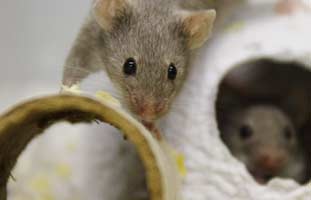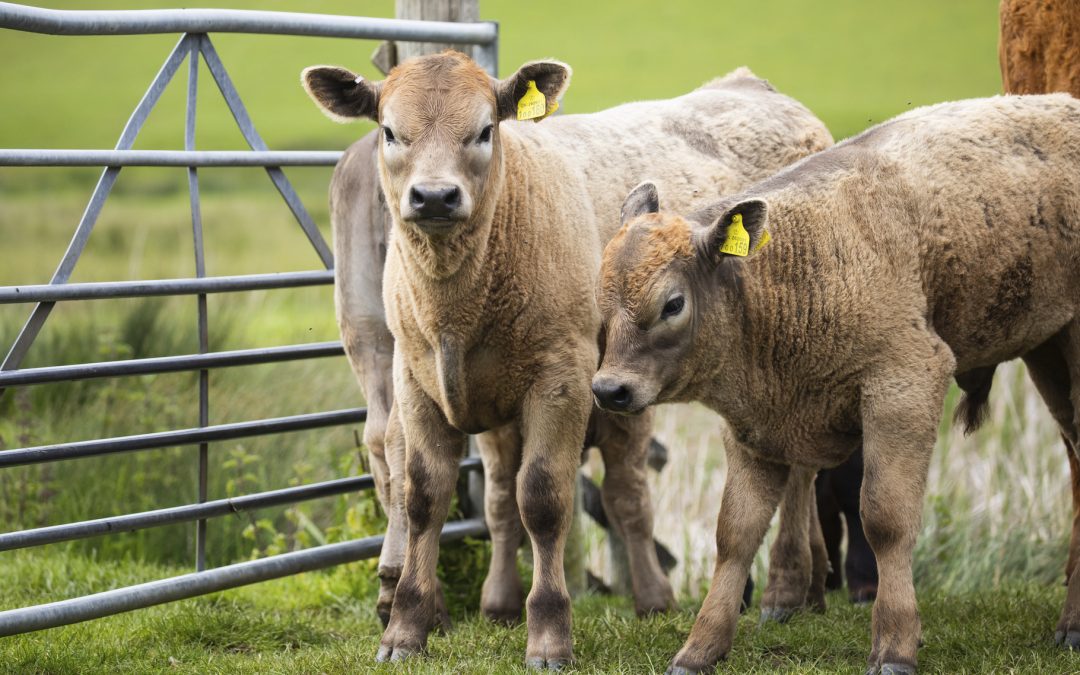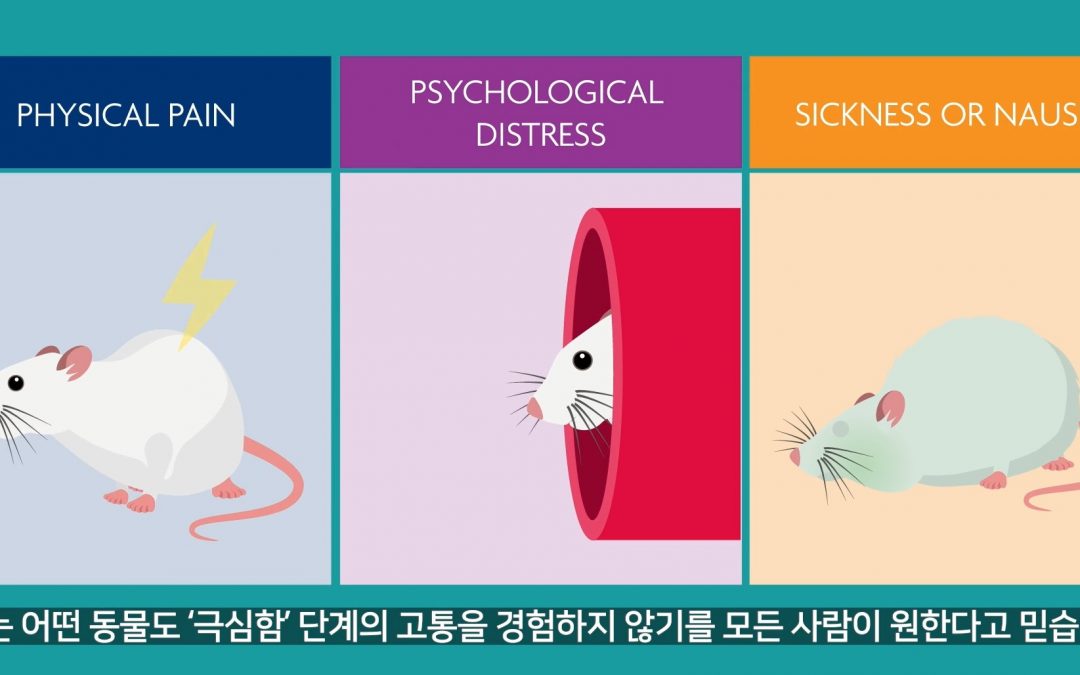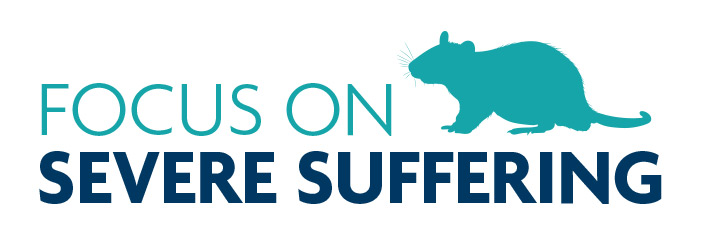Latest

Morbidity and mortality – time to look closer to home?
Mortality, including animals ‘found dead’, is one of the three main causes of severe suffering. A recent paper by Jessica Cait and others at the University of Guelph, Canada, has highlighted a cause of morbidity and mortality in rodents that many people may not be aware of – conventional laboratory housing. Conventional housing was defined as small cages with just food, water and litter, as opposed to ‘enriched housing’ which included one or more of the following: nesting material, nest boxes, running wheels, and/or opportunities to perform other natural behaviours, like foraging or exploring.
The systematic review of 214 studies, using 6,495 animals, found that conventional housing significantly exacerbated disease severity in studies of anxiety, cancer, cardiovascular disease, depression and stroke. It also increased the risk of death at any point in time by 48%, due to the chronic stress of being housed in a suboptimal environment.
‘Enriched housing’ actually increased median survival by 9.3%. The authors point out that this exceeds the effects of leading life-extending compounds resveratrol (which increases median survival by 4.1%) and metformin (which increases mean lifespans by 5.8%). They also suggest that typical research rodents should be termed ‘CRAMPED’ (cold, rotund, abnormal, male-biased, poorly surviving, enclosed and distressed).
The implications of the review, for both animal welfare and translatability, are all too clear. The paper would make a helpful discussion starter around reviewing housing, husbandry and care for any species, to reduce morbidity and mortality and improve welfare – even if standards are already better than ‘conventional’ cages (or pens, or tanks). This website also includes guidance on reviewing and refining animals’ lifetime experiences, and avoiding mortality.
Reference: Conventional laboratory housing increases morbidity and mortality in research rodents: results of a meta-analysis Cait et al. (2022) BMC Biology, doi.org/10.1186/s12915-021-01184-0

RSPCA/University of Manchester in-person meeting, 20 April
We are looking forward to our first in-person meeting since 2019, when we will hold a one-day event in central Manchester on 20 April. Looking forward and looking back – opportunities to focus on ‘severe’ suffering will include case studies from researchers at the University of Manchester and a session on tackling severe suffering in models of animal diseases and disorders. The ‘looking back’ element will address retrospective assessment of severe procedures by the AWERB (Animal Welfare and Ethical Review Body). For more information, see our Events page.

New Korean version of our video: ‘Can we end ‘severe’ suffering’?

New data published on ‘severe’ suffering in the UK and EU
The most up-to-date data currently available on the use of animals in research and testing in the UK, and the EU, was published on 15 July 2021. This information is important for openness and transparency and can also help to focus 3Rs efforts more effectively. Below is a summary of the data relating to the number of animals reported to have experienced ‘severe’ suffering, and in which areas of science.
The mouse is the species most likely to experience ‘severe’ pain, suffering, distress or lasting harm. In both the UK and EU, batch potency testing of vaccines and other substances (such as botulinum toxin) for quality control purposes is the category responsible for the most uses of animals reported as ‘severe’.
UK
Data for 2020
Source: Home Office. See Tables 3.1 and 3.2 of the Data Tables associated with the Statistics of scientific procedures on living animals, Great Britain 2020 – published 15 July 2021.
Summary
58,499 experimental procedures using animals (4% of the total) were reported as causing ‘severe’ pain, suffering, distress or lasting harm.
44,093 – for regulatory purposes (9% of all use for regulatory purposes was ‘severe’)
10,867 – in basic research
3,511 – in applied research
Main categories of research and testing involving severe suffering
(data shown represent the number of ‘procedures’ undertaken that were reported as causing ‘severe’ suffering)
35,997 – Batch potency testing (represents 61.5% of all experimental procedures involving animals that were ‘severe’)
2,592 – Nervous system
2,567 – Immune system
1,512 – Human infectious disorders
1,479 – Batch safety testing
1,303 – Oncology
Which animals experienced the most ‘severe’ suffering?
(data shown represent the number of ‘procedures’ undertaken involving those animals)
50,136 – Mice (6.1% of all mouse use was ‘severe’)
1,136 – Rats
1,553 – Guinea pigs (25.6% of all guinea pig use was ‘severe’)
4,826 – Fish
What about for the creation and maintenance of genetically altered animals?
In addition, 27,896 (1.9%) of the procedures involved in the creation of new lines, and maintenance of established lines, of genetically altered animals (not used in experimental procedures) were categorised as ‘severe’.
EU and Norway
Data for 2018
Source: European Commission. Summary Report on the statistics on the use of animals for scientific purposes in the Member States of the European Union and Norway in 2018 – published 15 July 2021.
NB. data for this period includes Norway for the first time, and also that for the UK who was still a member of the EU for that reporting period. EU data can also be viewed via the Commission’s ALURES database.
Summary
1,064,925 uses of animals (10% of the total) were reported as causing ‘severe’ pain, suffering, distress or lasting harm.
346,113 – uses in applied research
(11.7% of all uses for applied research involved severe suffering)
336,521 – uses for regulatory purposes
(17.4% of all uses for ‘regulatory’ purposes involved severe suffering)
310,571 – uses in basic research
(6.2% of all uses for basic research involved severe suffering)
Main categories of use involving severe suffering
(data shown represent the number of uses of animals in that category that were reported as causing ‘severe’ suffering)
253,764 – Batch potency testing (represents 23.8% of all uses of animals that were ‘severe’)
124,739 – Animal diseases and disorders (represents 11.7% of all uses of animals that were ‘severe’)
NB. the inclusion of Norway’s data sees a 340% increase in this category compared to previous years, largely linked to the undertaking in that country of studies relating to farmed and wild fish
90,288 – Nervous system (represents 8.5% of all uses of animals that were ‘severe’)
69,536 – Immune system (represents 6.5% of all uses of animals that were ‘severe’)
61,114 – Diagnosis of diseases (represents 5.7% of all uses of animals that were ‘severe’)
52,177 – Oncology (represents 4.9% of all uses of animals that were ‘severe’)
Which types of use were most likely to be severe?
The production of monoclonal antibodies by the ascites method was the most likely (94%) to cause ‘severe’ suffering. This method was still being used in 6 Member States – principally in France where around 53,000 out of 54,941 uses in this category took place. Note – alternative approaches are available to replace the mouse ascites method, and this method has not been used in the UK since 2012.
Severe suffering was seen in 41% of animals used for the diagnosis of diseases, and in 38% of the animals involved in acute toxicity studies in the area of ecotoxicity.
Which animals experienced the most ‘severe’ suffering?
(data shown represent the number of uses of those animals that were reported as involving severe suffering)
732,860 – Mice (13.1% of all mouse uses involved ‘severe’ suffering)
191,796 – Fish other than zebrafish
62,171 – Rats
25,150 – Zebrafish
17,534 – Guinea pigs (13.4% of all guinea pig uses involved ‘severe’ suffering)
3,922 – Amphibians other than Rana or Xenopus (50.2% of all ‘other’ amphibian uses involved ‘severe’ suffering)
2,482 – Syrian hamsters (22.7% of all Syrian hamster uses involved ‘severe’ suffering)
What about for the creation and maintenance of genetically altered animals?
7,653 uses of animals for the creation of new genetically altered lines (1.3% of uses in this category) and 52,256 uses of animals for the maintenance of established lines of genetically altered animals (5.6% of uses in this category) were categorised as ‘severe’.
NB. Where animals are found dead with no clear reason, this results in reporting these as ‘severe’.
Note
It is not easily possible to make direct comparisons of severity data across Member States as the numbers, and proportions of animals falling into this category, are heavily influenced by the type of research and testing undertaken in that country. For example, a Member State with a high proportion of its animal use in the category of regulatory testing is currently likely to have a higher proportion of animal use causing ‘severe’ suffering.

Our next Expert Working Group – Bone marrow ablation and reconstitution
Our series of RSPCA-led Expert Working Groups has produced guidance on reducing (and ideally avoiding) severe suffering in potentially severe procedures including sepsis, rheumatoid arthritis, experimental autoimmune encephalitis (EAE) and spinal cord injury. Each group includes scientists, animal technologists and lab animal veterinarians from industry and academia, to bring a range of expertise and perspectives and ensure all the recommendations are feasible and will achieve real results.
The next topic in the series is bone marrow ablation and reconstitution. The group has been set up and has started working on its report – we are aiming to finalise the new guidance in 2022.

Launch of refreshed website – ‘Focus on severe suffering’
We are delighted to present the RSPCA’s new ‘Focus on Severe Suffering’ web resource, with our colleagues at the Laboratory Animal Science Association (LASA), Laboratory Animals Veterinary Association (LAVA) and the Institute of Animal Technology (IAT). We all share the aim of reducing suffering and improving the welfare of laboratory animals for as long as their use continues, and we want this resource to help all those involved in the care and use of lab animals to reduce or avoid ‘severe’ suffering.
Whatever your role and wherever you are in the world, we hope that this resource will inform, guide and inspire you. Many of the principles – like the Roadmap – apply to any level of severity, so you can use them to apply refinement in general and feed into your establishment’s Culture of Care. Please use these pages, share them with colleagues and tell us what you achieve.
AVOIDING AND REDUCING SEVERE SUFFERING
Avoiding and reducing severe suffering helps to fulfil legal requirements, reduce ethical concerns and improve scientific quality – this website will help you to achieve this.
Practical ways to reduce or avoid severe suffering include: